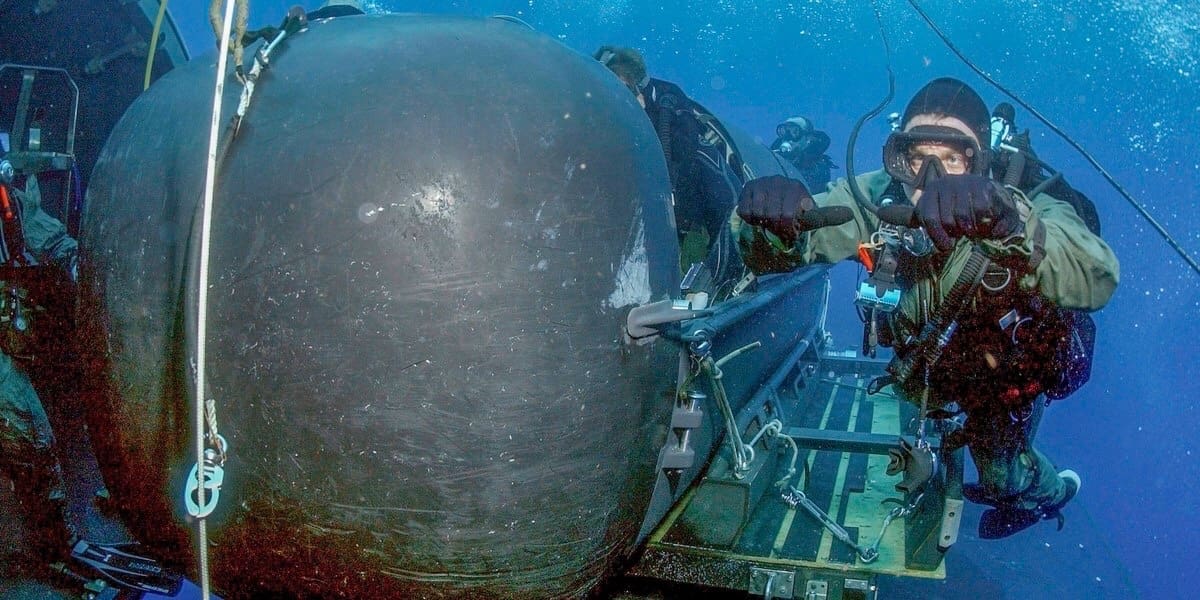Good communication is crucial when diving with someone you never have dove before with. You can always use Dräger talk, but sometimes that doesn’t work that well. There are universal hand signals very similar to the hand and arm signals when patrolling.

There are a lot of different hand signals, used by divers especially in different fields of diving. However, with some basic hand signals, you can dive with anyone in the world.
Going Up or Down
Use a thumbs up signal to indicate that you are going up, or a thumbs down to indicate the opposite.
I’m Okay
Place your thumb and forefinger together forming a circle and leave the other three fingers extended upright. This is the same as you would say OK as you would above water.
Stop
Signal your dive buddy to stop by holding up one hand; the same as you would in any other instance. You can also use a closed fist like being on patrol.
Changing Direction
Just like with up and down, point your thumb (or your index finger) to indicate which direction you’re heading. You can point again like on land
Turn Around
To let everyone know it’s time to turn around, put your index finger up and rotate in a circle. Similar to rally-up.
Slow Down
Place your hand in front of you with your palm facing down. Wave your hand up and down to indicate that you need everyone to slow down a bit.
Level Off
To indicate that you want to level off once you’ve reached a certain depth, put your hand out in front of you, palm down, and wave it back and forth.
Something’s Wrong
Place your hand out in front of you, fingers spread and palm down. Wave your hand back and forth in a rocking motion. It is similar to the hand signal maybe.
Help!
Wave your entire arm from outstretched by your side to over your head. Repeat the motion as long as you need to.
I’m Low on Air
It takes practice to be able to make your air last. Clench your hand into a fist and pull it in toward your chest. Repeat as much as you need to indicate how urgently you need to resurface. When diving a rebreather, you should point at the pressure gauge. With some of the newer rebreathers, you can pull your gauge out and show it to your dive buddy if needed.
I’m Out of Air
If something has gone wrong with your equipment, signal quickly and repeatedly. Place your hand, palm down in front of your throat and move back and forth in a cutting motion.
You can always pull on your buddy-line to get your buddies attention, and once you have dived a couple of times together, you will start to understand what each other wants and needs. Diving at night or in low-viability is way different than diving in the day time in clear water. Sometimes diving in real lousy visibility in the day time is worse than diving at night. So, knowing how to communicate is very important. Bottom line is as long as you and your dive buddy understand what you are saying to each other you should be good. So, make sure you at least talk to the person your diving with to have the basic’s down.

